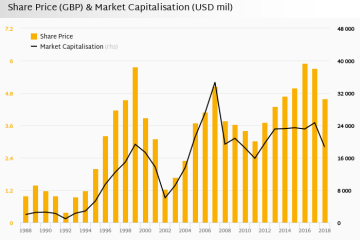Global Civil Wars in 2025: A World in Turmoil as Multiple Conflicts Reshape International Order

Introduction
2025 has emerged as one of the most dangerous years in recent history, with foreign policy experts expressing unprecedented anxiety about the risk of violent conflicts. The number of high-impact conflicts has reached a historic peak since tracking began in 2008.
Major Ongoing Civil Wars
The Sudanese Civil War, now in its third year, represents the world’s largest humanitarian crisis. With estimates from late 2024 indicating 150,000 civilian deaths, the situation continues to worsen. More than 12 million Sudanese – over a third of the pre-war population – have been displaced, while more than a quarter face acute food shortages, with parts of the Darfur region experiencing famine.
Myanmar’s civil war, ongoing since 2021 when the Tatmadaw military staged a coup against the civilian government, has evolved significantly. The conflict has spawned over 2,600 new non-state actors, comprising 21% of all non-state armed groups globally. Most of these groups emerged from anti-coup protesters who turned to armed resistance following the military’s violent crackdown.
Global Impact and Regional Tensions
The global landscape of conflict has seen a dramatic escalation, with conflict event rates growing by over 25% in 2024 compared to 2023. Much of this increase stems from conflicts between states and their close affiliates, particularly across the Middle East.
The impact of these conflicts extends beyond national borders. In the western Sahel region of Africa, a decade of armed conflict has led to a deteriorating humanitarian situation. The UN estimates that nearly 29 million people will require humanitarian aid across the region in 2025, including 5.9 million in Burkina Faso and 4.5 million in Niger.
International Response and Future Outlook
The persistence of these conflicts into 2025 is facilitated by geopolitical shifts, cross-border interconnections through contagious groups, alliances, and proxy forces. The situation is further complicated by divisions between neighboring states, particularly as the Middle East crisis evolves into a geopolitical cauldron, reshaping relationships between countries and creating new opportunities for non-state armed groups.








